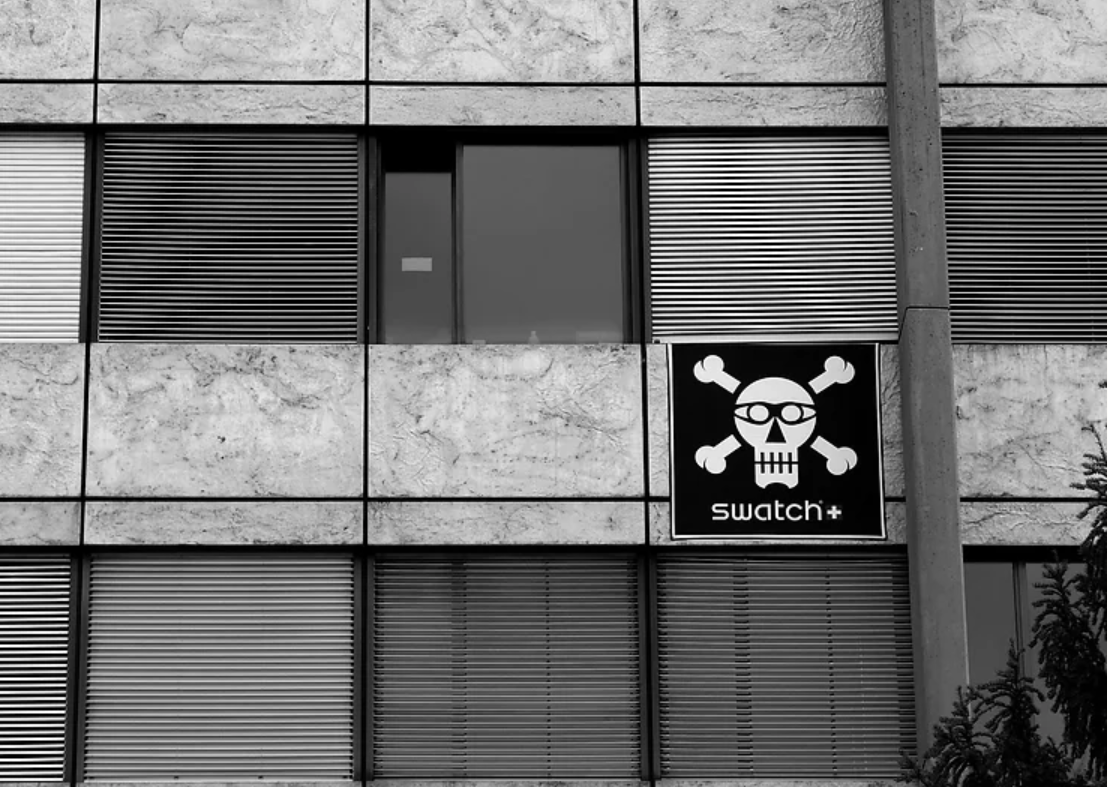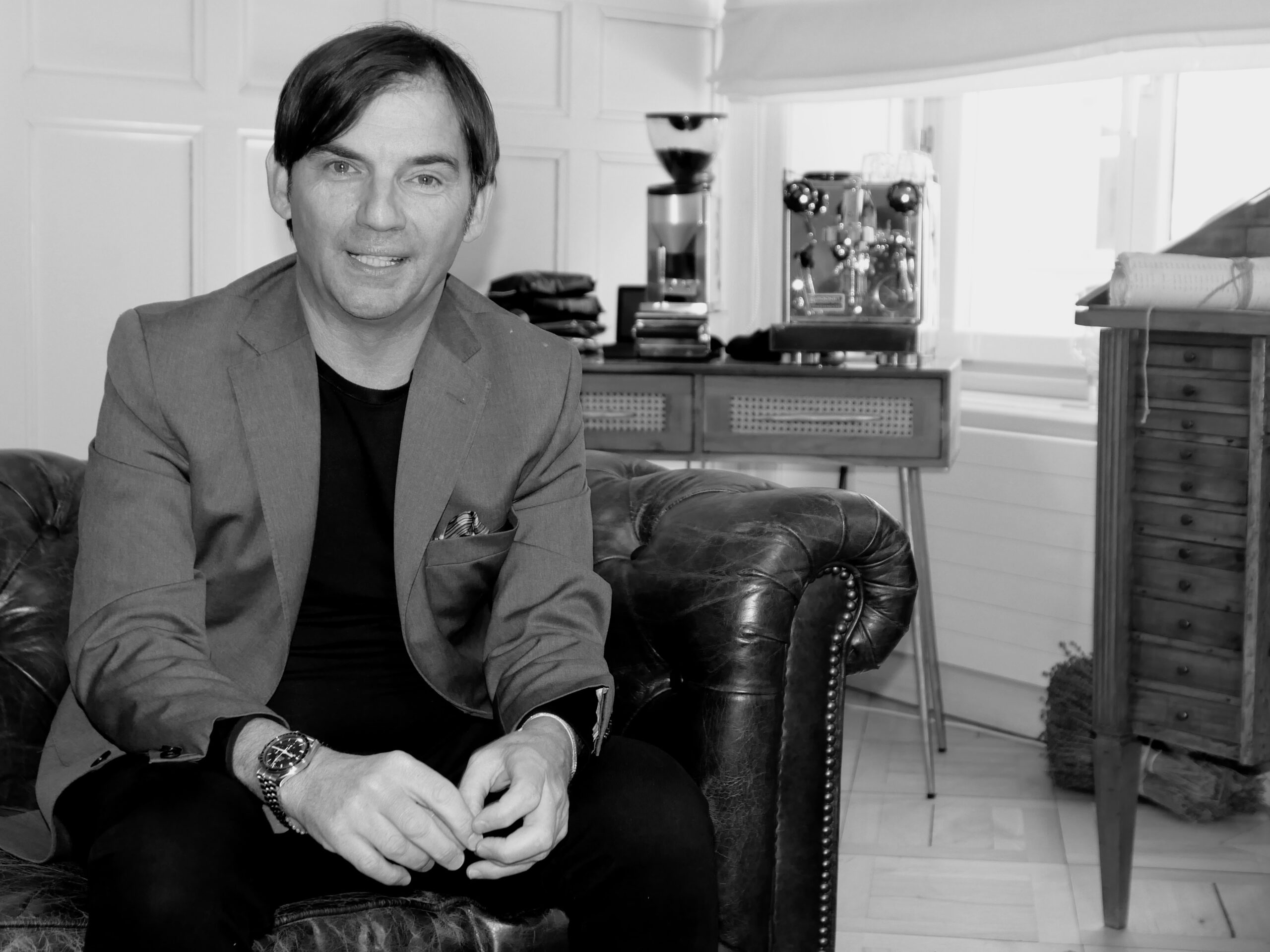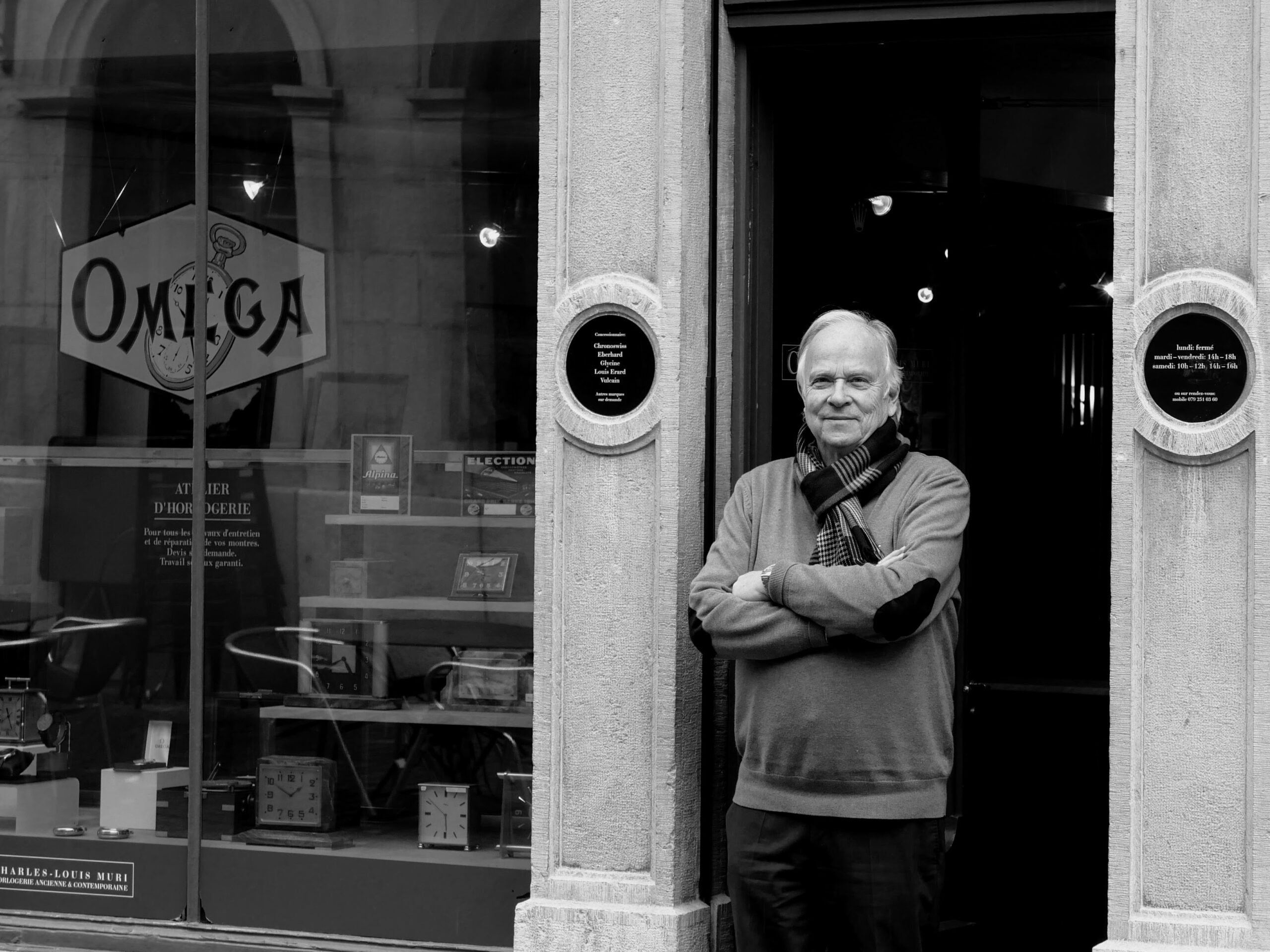
This post was originally published when the blog was focused on Bienne, under the name Made in Bienne. The concept has since evolved to also cover the watch scene across the rest of Switzerland.
—
25 years ago today, Charles-Louis Muri opened his beautiful vintage watch and clock boutique, in the Bienne Old Town. 15 years before that, he had started his trade on the same street, Rue Basse, just a few meters away. Even if Mr Muri often regrets not having as much to offer as two decades ago, there are always great finds behind his door. Over the past few years, an Omega split seconds pocket chronograph, a 1960s Tudor Ranger, several Vulcain Cricket alarm watches and even a rare book are among the purchases that friends or myself have made here.
The atmosphere inside is special. It perfectly complements the Old Town, offering visitors a miniature museum of watches and clocks in a carefully decorated setting. Time seems to stop in this magic place dedicated to it. Celebrating the 25 years since the boutique has opened, I had the pleasure to sit down with Mr Muri and talk about the four decades he has spent in the trade. From his humble beginnings to a golden era before the Internet and even the European Union made things more challenging, Charles-Louis Muri invites us behind the scenes of his unique career.
Where did you grow up?
I was born in Bienne, in 1951. My father produced fine stones for the watch industry. His workshop was in the basement of our family house, in Nordweg. He also had another workshop in Lucens. I remember him investing heavily in high quality machines. We made sacrifices at home so that he could afford them. Before my father, his own father was a setter.
How did your passion for watches begin?
It came from my mother. She loved antiques, going from shop to shop in Bienne looking for new finds. First a clock, then another one, and so on. My passion followed from hers.
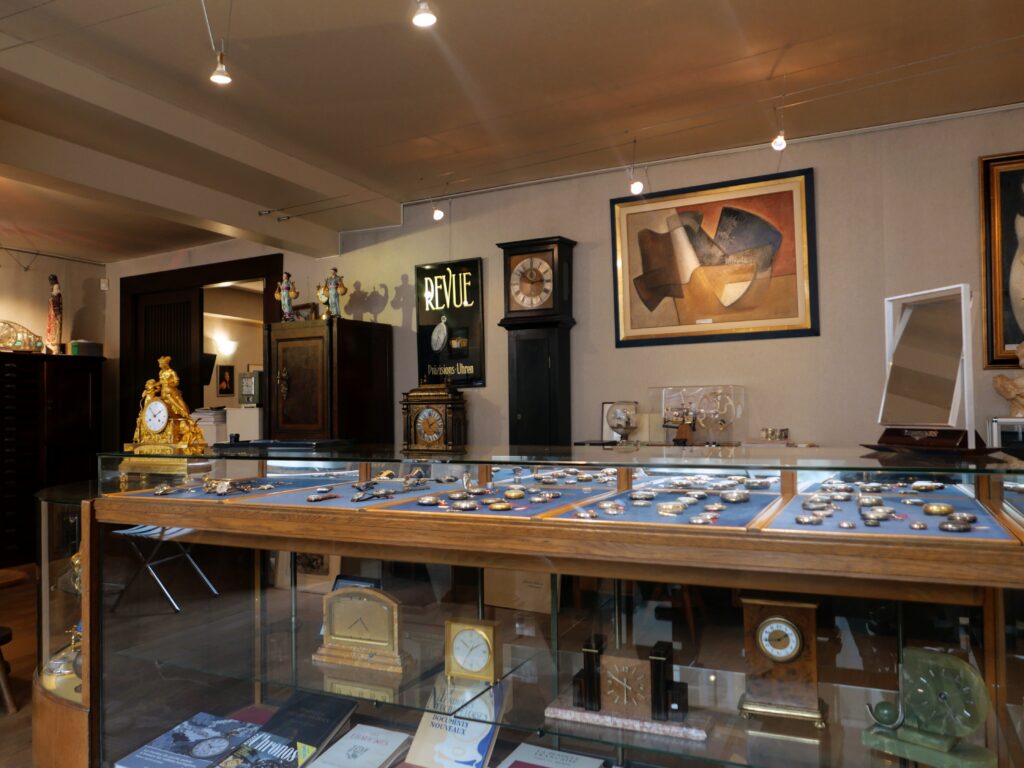
How did you end up working in the watch trade?
I studied in Neuchâtel. At university, I specialized in economics and political sciences. I got to spend a year abroad studying, in Florence. In my spare time, I would browse antique watch shops. This was in the late 70s, during the quartz crisis.
Some dealers were just starting again to sell mechanical watches; it was the beginning of the inversion of the trend. Moonphases were all the rage back then. So I decided to buy the ones I could, sometimes entire stocks at a time, back in Switzerland. Although I worked for a year in Basel in the milk industry, I knew my calling was in the watch trade. In 1983, I opened my own store.
Where was it?
Just a few meters away from here. On the same street, Rue Basse, number 48. The shop previously belonged to Cartier and Tissot… but nothing to do with either brand! Daniel Cartier and Jacques Tissot were well-known figures of the regional watch trade scene.
We would regularly go for coffee across the street, at the Café du Commerce, and the antique dealer Francis Meier often said to me, referring to the location where I am now: « one day, this will become available. You should try to get it, it’s the most beautiful shop in the old town. »
And he was right. It wasn’t easy but when the owner of the engraving business located here, at number 38, retired, I was able to buy back the commercial property. After redesigning within the limits of the budget I could afford at that time, I inaugurated this place on Friday, March 13, 1998.
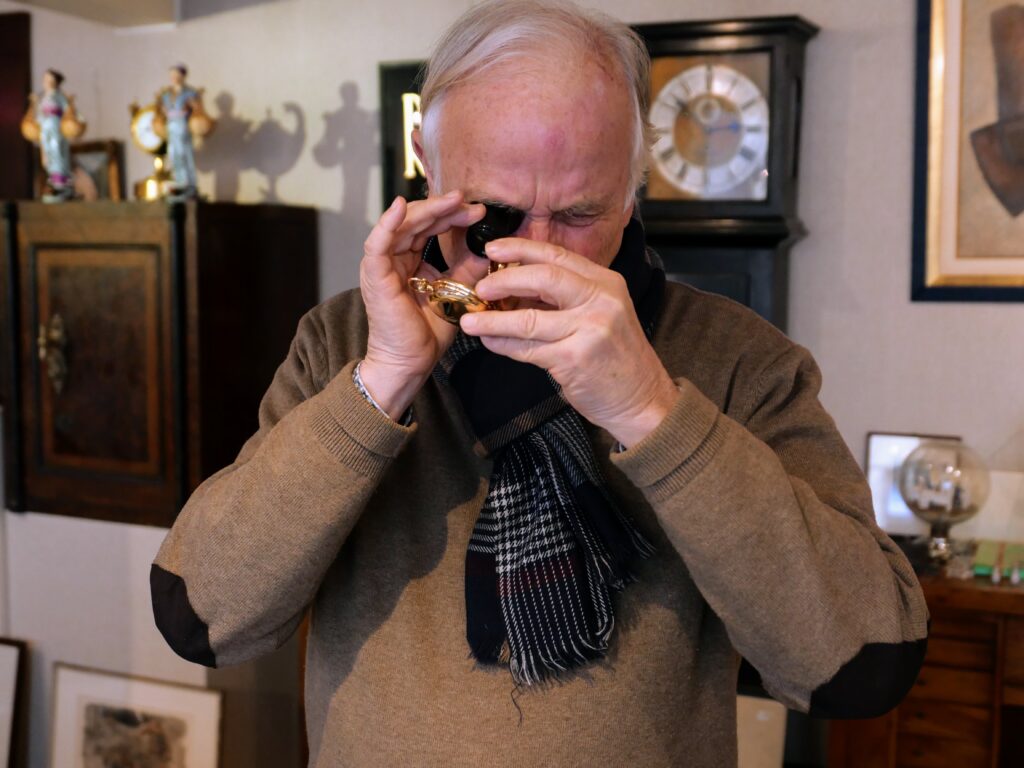
What were you selling back then?
It was a mix. Over the years, I became a reseller of some brands, often when I personally knew the owners or management: Ulysse Nardin, Eberhard, Vulcain, for instance. Antique small clocks and pocket watches have always been a constant in my business. But really, where the real revenue was made, in the 80s and 90s, was on mechanical wristwatches. Especially Daytonas.
Tell us more…
In the 1980s, there was a rush towards pre-owned wristwatches. Prices kept going up. Especially when it came to Daytonas. It wasn’t so much a vintage market, rather one of recent second hand. I started traveling to the United States, going to 3 conventions a year across the country. Dealers would drive in from all states, often with their wife.
A different world…
Absolutely. Including when it came to Daytonas… I remember the first convention I attended in 1987, in Anaheim, California. They would go for 2,500 CHF a piece. Then, 2 years later, in Buffalo, the price had climbed to 3,500 CHF.
People just wanted the most recent, there was no distinction between Paul Newman and others, for instance. When the new Daytonas came out in 1988, reference 16520 based on the highly modified Zenith Primero, many collectors started hunting for earlier versions. They preferred the manual wind Valjoux 72 movement.
The high demand for contemporary versions came in the 90s. That is when secondary market prices over retail began.
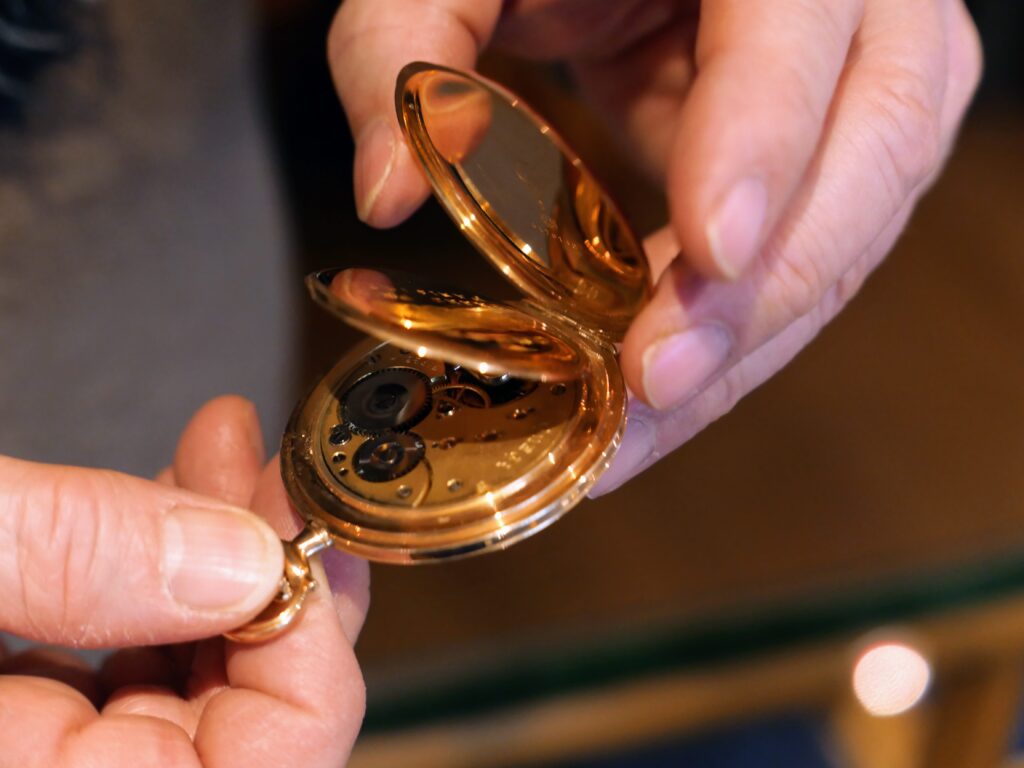
What else than Daytonas was hot back then?
While I came from Bienne, where Speedmasters were made, it was possible to make some great deals buying them at those conventions. In Anaheim, the convention ran from Thursday to Sunday. The best pieces were sold on Thursday.
On Sunday, you could make incredible deals. I remember a man who always had many Speedies… At the end of the convention, you could pick up early ones, pre-Moon, for $150… They were not in great shape, but still, if you think of their value today, it’s quite incredible.
What about antiques? Were they profitable?
“Pendules neuchâteloises” were still in relatively strong demand back then. Old watchmaking tools as well. And pocket watches. But really, wristwatches drove the business. I always had a lot of inventory. Today, things are different. The market is quite dry. It’s hard to find good pieces. From the 1980s to the year 2000, it was a beautiful period for selling wristwatches.
What is your most memorable sale during that period?
Probably the Antiquorum auction held in Saint Moritz, in 1991, at Badrutt’s Palace. It was very intense. The trading started as soon as I arrived, on the parking lot, with Italian dealers. In the auction itself, I had one of the first generation of Vacheron chronographs. It reached 115,000 CHF. Back in the days, that was a remarkable amount. I also had a 1950s full gold Rolex chronograph that did very well in the auction.
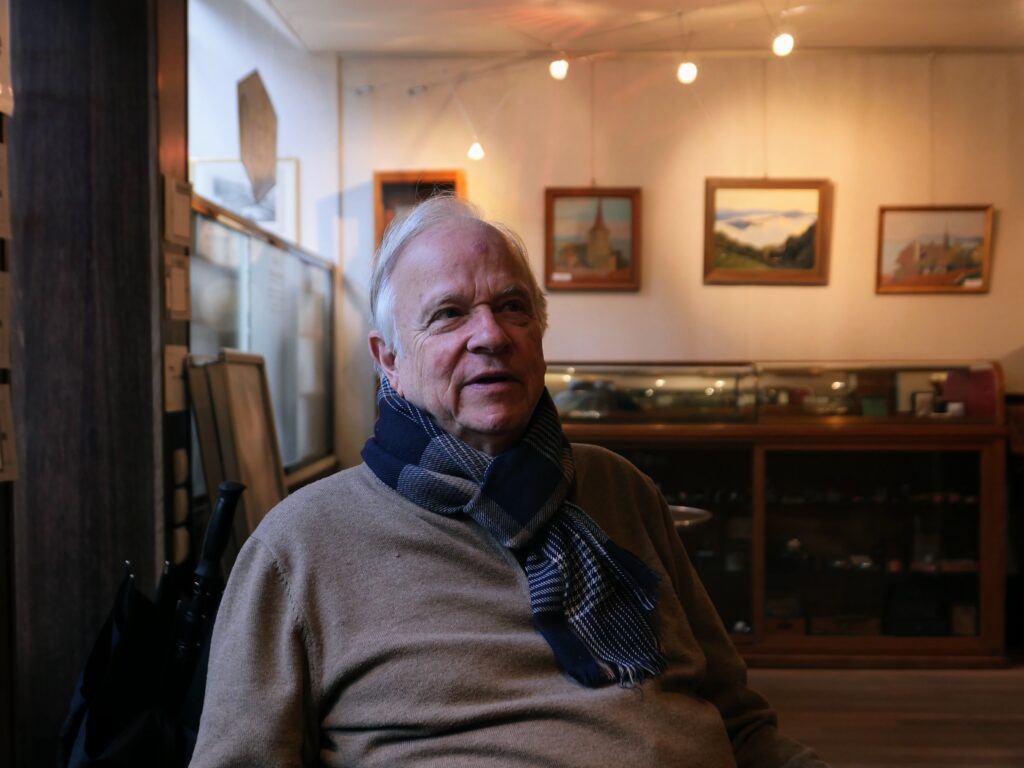
Who were your main clients in those days?
I had a lot of Japanese customers. Others from South Korea as well. South Korean TV even came here, in my boutique, to shoot a report. I also had a lot of professionals from Europe. They would typically come as a small group and tour Switzerland once a month, looking for good finds. I went to Ticino a lot as well, dealers there were always looking for new inventory for their Italian clients. I also sold some beautiful pieces to the Omega museum, here in Bienne, in the 1990s and early 2000s.
What changed with the turn of the century?
The Internet. We stopped going to trade fairs in the U.S. because sellers moved most of their inventory online, and would only attend the fair with their leftovers. It’s also harder to make a good purchase because people always want the price they see online.
Another factor has been the European Union. With the commercial border remaining around Switzerland but no longer other countries, dealers stopped coming here for supply. Munich has become the trading hub, with its fair every 6 weeks.
Finally, in Italy, where people used to invest in watches as savings to fight inflation, the general price increase brought by the Euro resulted in them having less disposable income to do so. That also impacted the business.
How have you adapted? What is the trade like today?
First, there are the brands that I represent, such as Eberhard, who have their collectors. Then, there are pocket watches. They are usually stable, prices don’t evolve much, despite a slight bump recently due to the increase in price of gold.
Some specialized pieces, such as chronometer pocket watches, are doing well nowadays, in particular when they are delivered with original certificates. Enamel dials are also very popular. Generally, pocket watches are still of interest because you really get your money’s worth. And then of course, I still have my circle of loyal clients, who regularly come to me in search of something new. (Editor’s note: I am proud to be one of them)


